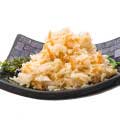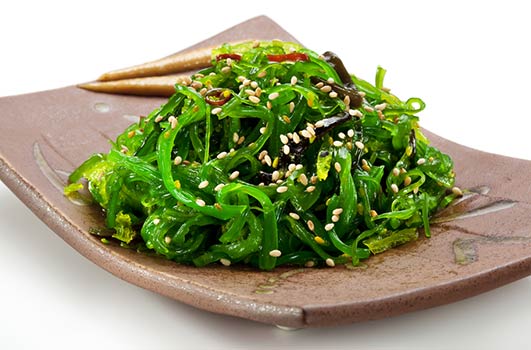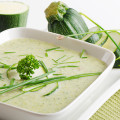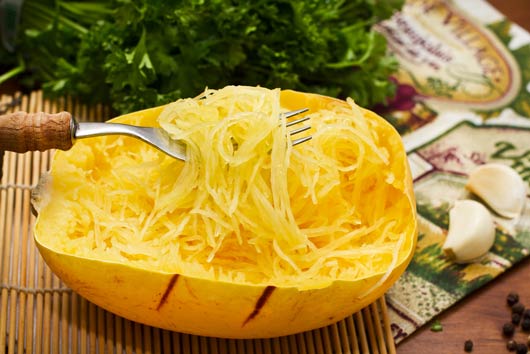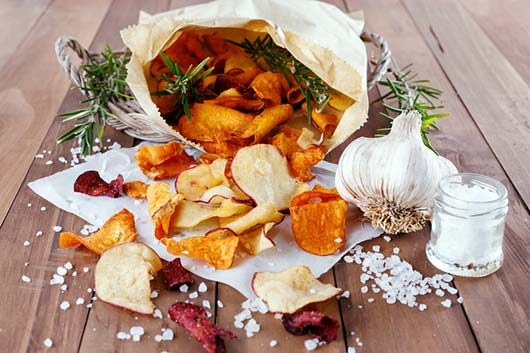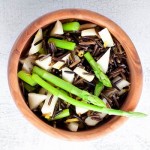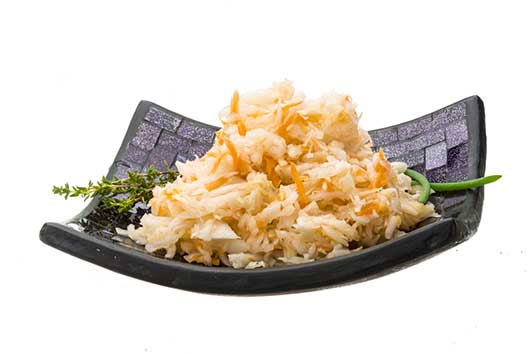 First things first, let’s start with some basics. What exactly are fermented foods? Why are they good for you, and how can you to add them into your daily diet? Simply put, fermented foods are those in which their texture and flavor have changed by using beneficial bacteria. And most likely, they are already part of your daily diet.
First things first, let’s start with some basics. What exactly are fermented foods? Why are they good for you, and how can you to add them into your daily diet? Simply put, fermented foods are those in which their texture and flavor have changed by using beneficial bacteria. And most likely, they are already part of your daily diet.
Fermented foods improve your digestion and absorption of nutrients; they are rich in enzymes, increasing vitamin and mineral content in our bodies. They restore the balance of healthy bacteria in the gut. The lack of good bacteria has been linked to lactose intolerance, gluten intolerance, depression, constipation, asthma, yeast infection, allergies, inflammatory conditions and irritable bowel syndrome, among other imbalances or diseases.
Fermented foods work as super powerful detoxifiers as they are capable of flushing out toxins and heavy chemicals such as mercury. Fermented foods are full of flavor, have a long shelf life and, as I am going to show you next, are inexpensive and incredibly easy to make and include in your diet.
Read Related: Growing Vegetable Soup
Have a piece of sourdough bread with your favorite stinky cheese; add Kefir yogurt to your breakfast, drink kombucha during the day, enjoy a glass of wine or a beer at night, and some hot cider in the afternoon.
Eating about a ¼-½ cup of fermented food per day is all you need. The key is diversity to add different micro organisms to your digestive system.
Try these easy recipes in your kitchen!
KIMCHI (OR KIMCHEE)
Yields: 9 cups
Ingredients
16 cups of water
½ cup coarse sea salt
1 large Napa Cabbage, cleaned, washed, cored, sliced lengthwise
4 heads of garlic, peeled, minced
1 medium piece of fresh ginger, peeled, minced
¼ cup fish sauce
1 TSP sriracha sauce
1/3 cups chili powder or Korean red pepper powder
1 bunch scallions, sliced (including light green parts)
1 small white onion, chopped
2 large organic carrots, peeled and thinly sliced
1 daikon, peeled, grated
1 TSP raw honey
Sesame, chia or flax seeds, for serving
Instructions
- In a large bowl, dissolve the salt in the water. Add the cabbage and place a heavy object on top to keep the cabbage submerged and completely covered by the water and let rest for 2-4 hours.
- In the meantime, combine and mix the remaining ingredients in a large bowl.
- Drain and rinse cabbage. Squeeze it tightly to remove any excess of water.
- Wearing gloves, mix it well with the liquid in the bowl.
- Spoon into clean sterile mason jars and seal tightly
- Let it rest for 2 days in a dry, cool place at room temperature. After 2 days, check the progress. If it is bubbling, it is ready and should be refrigerated. If not, let it rest for one more day.
- Serve with sesame, chia or flax seeds on top. Eat within 4 weeks.
 Growing up, sauerkraut—“sour cabbage”or chucrut—was a staple at home. My dad would eat it pretty much with everything. It is so easy to make that you only need two ingredients and a bit of patience for the fermentation process to work—about two weeks.
Growing up, sauerkraut—“sour cabbage”or chucrut—was a staple at home. My dad would eat it pretty much with everything. It is so easy to make that you only need two ingredients and a bit of patience for the fermentation process to work—about two weeks.
SAUERKRAUT
Yields: 12-16 cups
Ingredients
2 heads of cabbage, thinly sliced
3 TBSP sea salt or Kosher
Note: You can add other vegetables like beets, turnips, brussels sprouts, onions, seaweed; fruits, herbs and spices (dill seeds, mustard seeds, juniper berries, etc.). Get creative and experiment. It’s your kraut!
Instructions
- Going by layers, place cabbage in a large bowl or ceramic crock and sprinkle in some of the salt, combine and repeat to finish pressing it down as you go along.
- Place a plate or heavy weight on top to force the water out of the cabbage and keep it submerged in its own brine.
- Cover the bowl or crock with a towel.
- Place the crock or bowl in a dry, cool place and let it rest for a day. During this time, continue to press the cabbage down as often as necessary, every hour or so, until the brine rises above the plate. Once this happens, let the sauerkraut ferment and check it every other day.
- Try it after a week and remove any bacteria from the top. Leave it for another week or up to four weeks. The flavor should be strong, the volume should be significantly reduced and display a bright magenta color.You can either let it ferment longer or place it in jars and refrigerate. It depends on how strong you like your sauerkraut. Enjoy with anything and everything!

